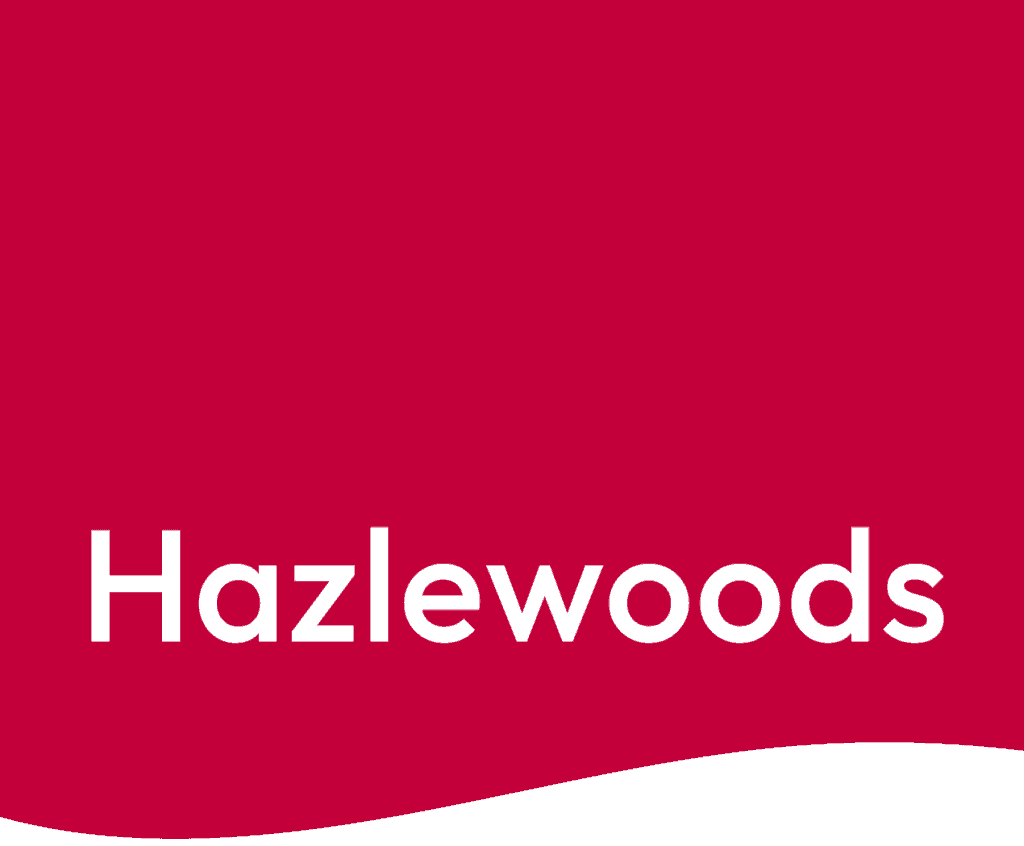
On Thursday 17 October, our healthcare specialists, Stephanie Hayman and Rob Plumb, attended the Healthcare Summit 2024 in London where they listened to informative panel discussions regarding trends in the care sector.
Here, Stephanie and Rob share their key takeaways that resonated with them the most.

The CEO Guide to running a great care group
Mike Parson of Barchester Healthcare noted that the sector is “over regulated and under invested in” – a common theme we are hearing from our clients. There is a challenge for Government to get investment into the sector and it will be interesting to see the impacts of the upcoming Autumn budget.
The panellists considered the impact of reputation risk and noted that good operators can be burnt by letting standards slip, which in turn has an impact on achieving high occupancy levels.
Operators must surround themselves with good people, with an emphasis on developing and investing in individuals. The health care sector is a vocational career where it is important to give people the opportunity of a good career path.
The panellists are finding the average weekly fee gap between local authority and private funders is getting smaller. Achieving good regulatory ratings and reputation in the community can be strong drivers when negotiating better funding rates for public funding.
A member of the audience asked for the panel’s opinion on a national flat fee rate for all local authorities. The common feeling was this isn’t a good idea as would likely be driven by a low fee start point. It’s also important to consider regional variations on cost, pay and need. The key is to manage unfairness of regional variation with better links between the NHS and social care. The panelists all agreed a single funding approach would be beneficial but not a single fee.
Latest trends in the debt funding market
All panellists noted that the market was busy with Jamie Stuart of Virgin Money saying that “they had written more debt in the last year than ever before”. There is plenty of liquidity across the funders.
The mergers and acquisitions market has been difficult given the state of the economy but stability has come back with inflation reducing and interest rates expected to drop in the near future.
There is a rise of alternative funding structures from high street banks / private equity to unlock value. This also makes funding very competitive and it’s about finding the right option for your business.
The rise in inflation has swallowed growth capital but the healthcare sector is still seen as an investible and stable market. The key to obtaining funding is about lenders believing in the people behind the business.
Currently there are no subsectors noted to avoid but all funders prefer successful markets which seen investment in the past. New markets, i.e. in technology may be more suited to private equity investors rather than the bank lenders. They have also seen a growth in areas of overspill from the NHS, i.e. supported living.
The panel were asked whether they are seeing any investment in domiciliary care. They noted dom care margins are very thin but funders will still invest, however they are more cautious in this sub sector. It is considered important to overlay technology to improve margins, creating efficiencies. Lenders are looking at the sustainability of cashflows; assets are nice to have for security but not a necessity.
Getting deals done
The panel noted that healthcare is a buoyant market driven by government policy. Interest rates have peaked but are expected to come down and they are currently seeing the benefits of a stable government (upcoming Budget aside).
Transactions are taking longer to get over the line and some deals are halting as operators are waiting for the Budget to determine next steps. However, Claire Connell of Connell Consulting noted, “a lot of people have chosen to get deals done rather than waiting for the political climate.”
There has been a lot of activity in sale and lease back of elderly care homes.
Recruitment is getting easier with the hospitality and retail markets being hit harder and therefore there are more available staff for the care sector. This has resulted in less agency costs hitting profit, a positive theme we are seeing with our clients.
Aziz Ul-Haq of LDC said “private equity is in it for a longer stretch to support operators.” There is a longer-term relationship build, trusting in operators to deliver quality care. They have seen some movement in medical technology within the sector but it’s strong management teams that they are supporting.
There has been a lot of movement out of hospitals, and they are seeing technology-enabled healthcare is on the rise. There were discussions on Artificial Intelligence (AI) and what this means for the care sector. It’s about making services efficient and supporting existing systems. The technology should make life easier not add additional complexity and therefore it is very much back support rather than front facing.
Trading performance trends in the elderly care home sector
The accountant in me really enjoyed the statistics that Dan Madden of Carterwood presented from their analysis of the elderly care market. The data they presented looked at between 1,500-2,000 homes in the sector.
Closed homes double the number of open homes in the past four years. This is largely due to inflation and higher utilities costs. However, this is at bed level and new homes coming to market tend to be larger with 50-60 beds with small homes closing (around 30 beds).
For future supply, new planning applications are currently static and the timing of decisions is on average 10 months. Future supply shortfall is expected to rise from 90,000 to 120,000 beds by 2034.
Occupancy is currently at 89.3% in quarter 2 of 2024, which is up from 78%. The sector average is showing that occupancy in homes is increasing. This is largely a result of additional respite care which is fuelling this positive position. Self-funded beds as a percentage of total beds is going up. Closed homes are likely to have had higher exposure to local authority funding.
The agency cost per bed has gone down, from £375 in 2022 to £139 in quarter 2 of 2024. Operators are seeing improved retention of existing staff which was largely as a result of increased international recruitment. Staffing vacancies are now at 8% and staff turnover at 25%. The staff cost per bed was at £2,214 in 2022 and is now at £2,865 in quarter 2 of 2024.
There is likely to be an increase to employers’ NI as part of the budget and it is unlikely that staff costs are looking to decrease in the future.
With regards to the average weekly fee, this was showing as £1,021 in 2022 and has gone up to £1,243 in quarter 2 of 2024. The average weekly fee is across all funders and the main driver in the increase is coming from the self-funding fees. Operators are carrying out more frequent funding reviews (i.e. half yearly or quarterly) rather than just the standard annual increase.
The self-funding fees statistics showed nursing care is up 7.1% with an average weekly fee of £1,567 per week and personal care is up 9.2% with an average weekly fee of £1,200 per week. Self-funded fees are increasing across the entire country with the difference between local-authority and private funding rates tightening. The data showed 7-9% increases on self-funded fees and that price increases are slowing as the market stabilises.
The role of AI in healthcare
The panellists noted that “AI is an extension and partner to what you do”.
Generative AI is more conversational and not needing a data scientist to use and therefore is gaining traction for more use in the sector. AI uses large language models which weren’t around in the past.
The benefits of AI in healthcare are automation and increased time savings – the more you use it, the better it is.
An example of where AI has been used was to upload CQC reports into the AI program, which instantly provided a snapshot summary with key action points.
When used in social care, AI must be private and secure with a closed environment. It’s important to have an education piece on how it’s been used across the business. One of the key AI risks is the validity of information – where does the data come from?
Change management is important when it comes to introducing new technology practices, however this is considered to be easier given the sector has become digitised in the past 5 years. Technology is already widely used and therefore the change is more natural. AI also communicates in human form and therefore potentially easier for individuals to use.
If you would like to discuss any of the topics further or seek tailored advice, please contact a member of the Healthcare team.
The interplay of the private sector and the NHS
The struggles that the NHS is currently facing are widely reported and the cabinet have made no secret of the intention to ‘fix’ the NHS via increased use of independent providers. A highly qualified panel offered their expertise on how this may look in practice, the importance of private sector capital to the NHS reset, and how this may appeal to private investors behind the independent operators.
Independent operators have long been a solution to NHS waiting lists – however in the last year, the NHS has focussed on finance over delivery, limiting their spend with independent providers. As a result, waiting list numbers are flat against last year. It is currently estimated that c.6.5m UK residents are awaiting c.7.5m procedures on the NHS.
The panel proposed the notion that development of the NHS will need to be led by private capital. An enhanced tariff led environment (building on the previous NHS Plan 2000) will be required in order to entice private investment; guaranteed contract pricing and security of tenure will likely appeal to institutional funds.
Ophthalmology (diagnosis and treatment of eye disorders) is currently leading the way as the most effective example of NHS and private integration – with a number of private providers able to provide an NHS funded cataract procedure within 2/3 weeks of referral.
Panel view is that the NHS will likely become insourcing and emergency service provider only. All elective procedures will be carried out by the private sector via NHS funding.
To discuss the above and for further information, please get in touch.


